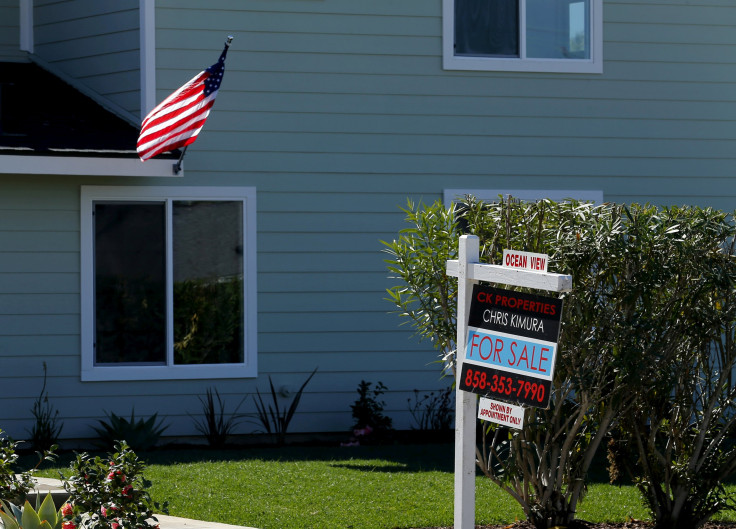US Home Sales Fall As Prices Hit Record High

WASHINGTON - U.S. home sales unexpectedly fell in June, posting their third straight monthly decline as a persistent shortage of properties on the market drove house prices to a record high, likely sidelining some potential buyers.
The National Association of Realtors said on Monday existing home sales slipped 0.6 percent to a seasonally adjusted annual rate of 5.38 million units last month. May’s sales pace was revised down to 5.41 million units from the previously reported 5.43 million units.
Economists polled by Reuters had forecast existing home sales gaining 0.5 percent to a rate of 5.44 million units in June. Sales rose in the Northeast and Midwest, but fell in the West and populous South.
Existing home sales, which make up about 90 percent of U.S. home sales, dropped 2.2 percent from a year ago in June. They have declined on a year-over-year basis for four consecutive months and decreased 2.2 percent in the first half of 2018.
Sales are being stymied by an acute shortages of homes on the market. Rising building materials costs as well as shortages of land and labor have left builders unable to bridge the inventory gap, pushing up house prices.
Supply constraints have largely accounted for the sluggish housing market but there are growing concerns that the higher house prices together with rising mortgage rates will slow down demand. The median house price increased 5.2 percent from a year ago to an all-time high of $276,900 in June. That was the 76th consecutive month of year-on-year price gains.
In contrast, annual wage growth has been stuck below 3 percent. U.S. financial markets were little move by the data.
Supply is especially tight at the lower end of the market, with sales dropping 18 percent in June from a year ago.
There were 1.95 million previously owned homes on the market in June, up 4.3 percent from May. Inventory increased 0.5 percent in June from a year ago. That was the first year-on-year increase since June 2015. Supply still remains very tight.
At June’s sales pace, it would take 4.3 months to exhaust the current inventory, up from 4.1 months in May. A six-to-seven-month supply is viewed as a healthy balance between supply and demand.
While last month’s increase in the stock of houses on the market suggested that the inventory decline had probably run its course, the supply crunch is unlikely to improve soon.
The Commerce Department reported last week that housing starts tumbled 12.3 percent to a rate of 1.173 million units in June, the lowest level in nine months, well below the 1.5 million to 1.6 million units per month range that realtors estimate is needed to alleviate the shortage.
Permits for future home construction also fell as did the stock of houses under construction.
Houses for sale typically stayed on the market for 26 days in June, unchanged from the last three months and down from 28 days a year ago. Fifty-eight percent of homes sold in June were on the market for less than a month.
First-time buyers accounted for 31 percent of transactions in June, unchanged from May and down from 32 percent in June 2017. Economists and realtors say a 40 percent share of first-time buyers is needed for a robust housing market.
Reuters
Reporting by Lucia Mutikani; Editing by Andrea Ricci
© Copyright Thomson Reuters 2024. All rights reserved.




















